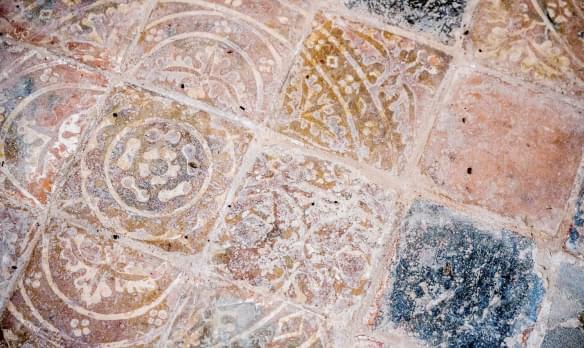
All Saints
Newton Hall, County Durham | DH1 5LT
A good place to hold meetings, gatherings, conferences.
Search for a fascinating place to visit, or see the variety of churches, chapels and meeting houses we have supported.

Newton Hall, County Durham | DH1 5LT
A good place to hold meetings, gatherings, conferences.

Newton on Ouse, Yorkshire | YO30 2BN
All Saints church stands at the heart of the lovely village of Newton on Ouse, North Yorkshire on the banks of the river Ouse and close to National Trust property, Beningbrough Hall.
We have supported this church

Newton on Trent, Lincolnshire | LN1 2JS
The church is of Norman origin but has undergone considerable changes to its layout over the years.

Newton with Flowery Field, Cheshire | SK14 4HL
St Mary’s is a Commissioners Church dating from 1839.

Newtown, Powys | SY16 2DE
A vibrant church attracting families and people of all ages.
We have supported this church

Neyland, Pembrokeshire | SA73 1TR
Baptist Church in the centre of the small but busy town of Neyland in the county of Pembrokeshire, serving the community with a large church a Community hall and an internet cafe.

Ninebanks, Northumberland | NE47 9PA
St Mark's offers breathtaking views over the remote West Allen valley and a fascinating local history and is on the Isaac Tea Trail North Pennines Heritage Walk.

Normanby by Spital, Lincolnshire | LN8 2HF
Light and airy village church.

Normanton, Leicestershire | LE15 8RP
Fairy tale church almost lost forever under the waves of Rutland Water.

North Carlton, Lincolnshire | LN1 2RS
The antiquarian sixth Baron Monson visited this church in September 1828 and found two Monson monuments within this 'very neat, small edifice'.

North Cerney, Gloucestershire | GL7 7BX
This unusual and rather lovely church gets its character from an eclectic mix of work from the 12th, 15th and 20th centuries.

North Cotes, Lincolnshire | DN36 5UP
The parish church was built in the 13th century of local limestone, but most of what we can see today is the result of a comprehensive rebuilding in 1865 by architect James Fowler of Louth.